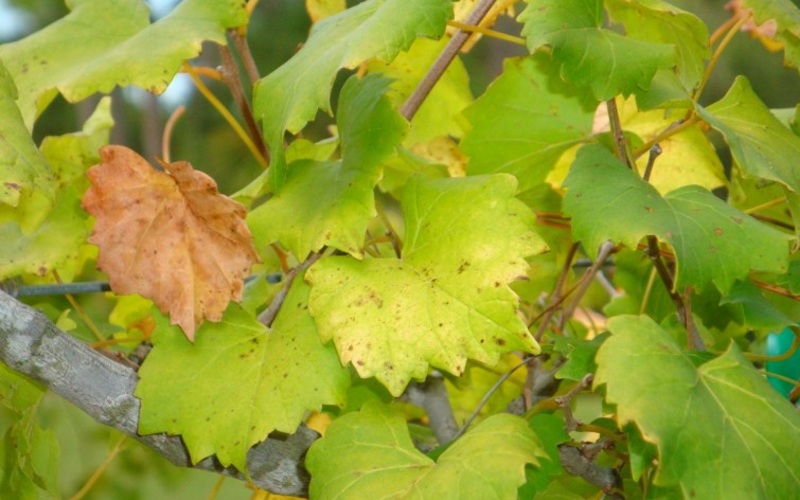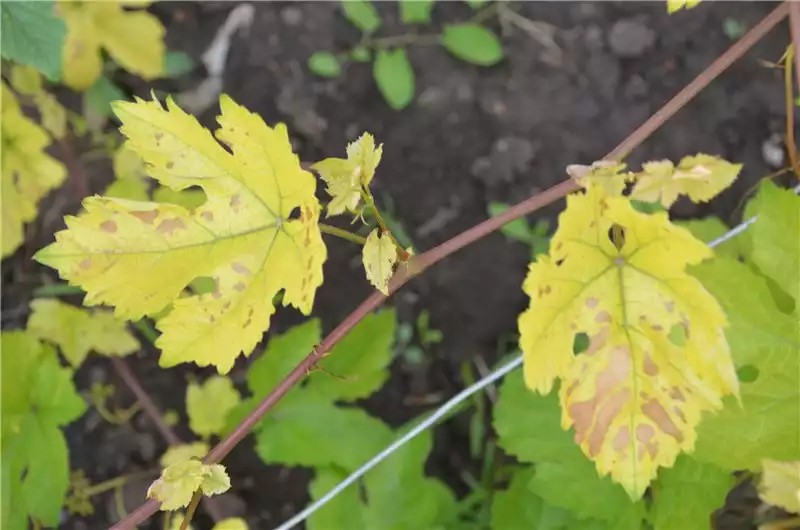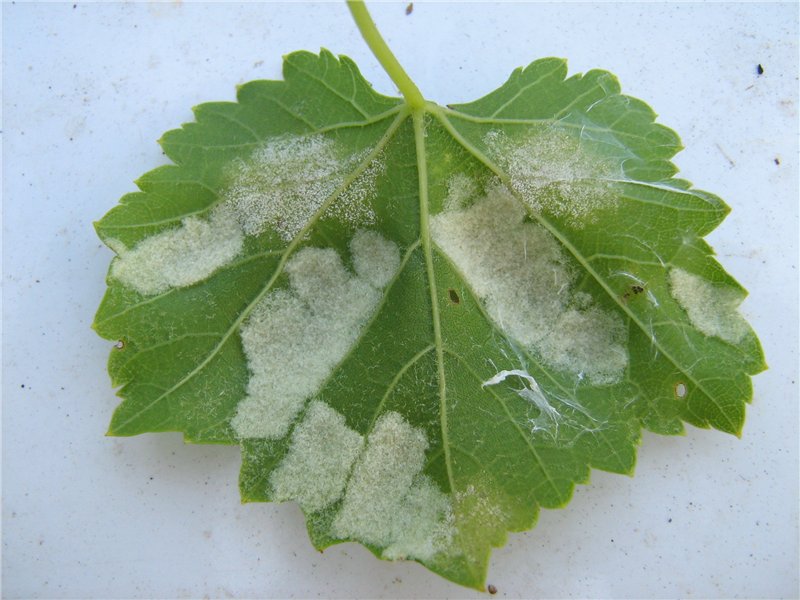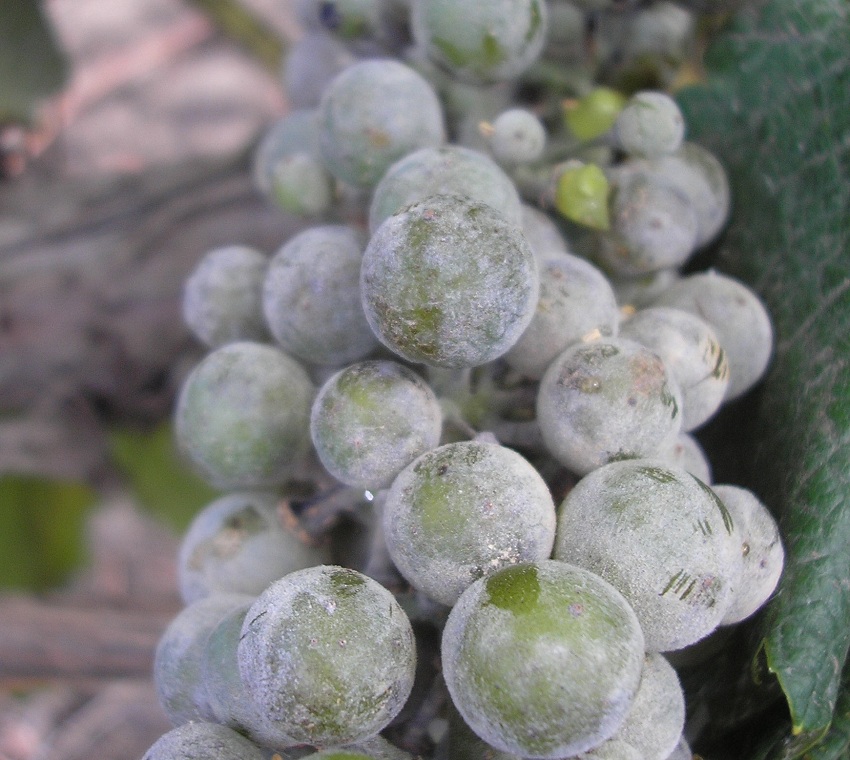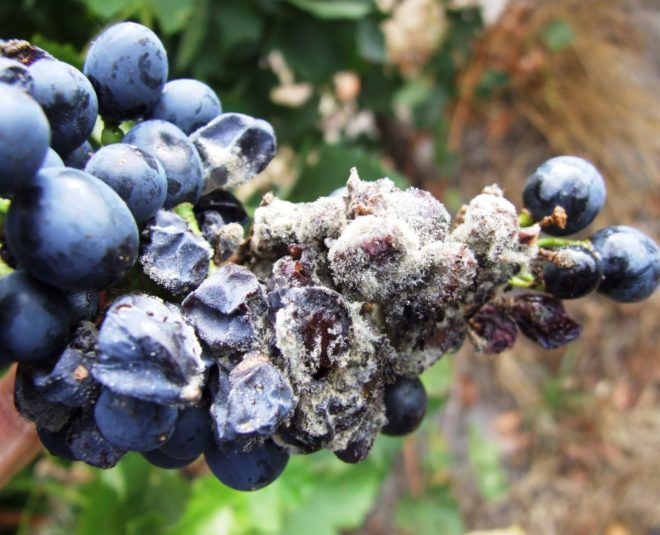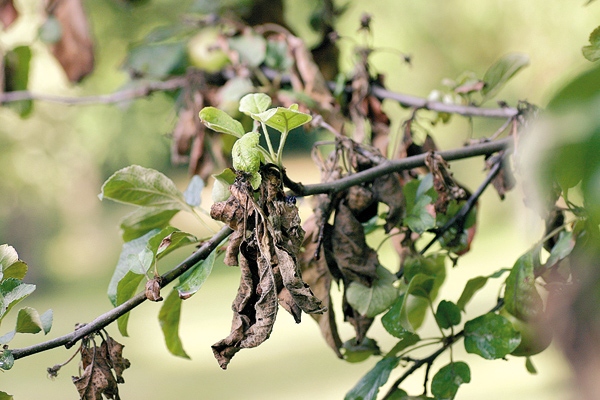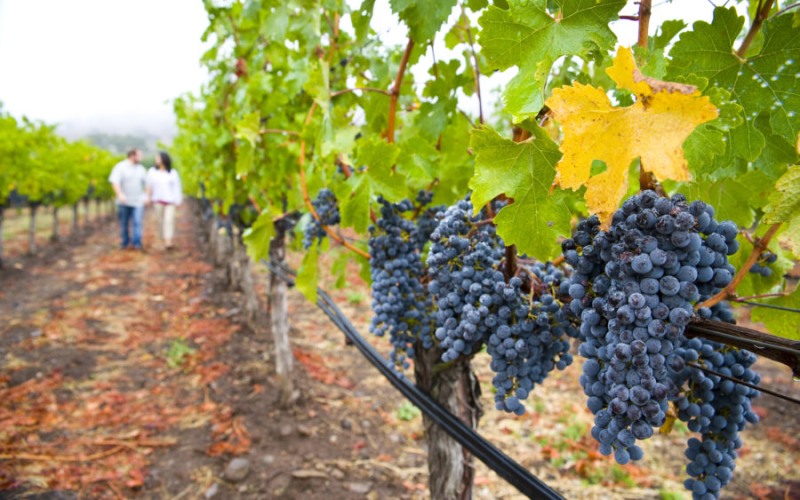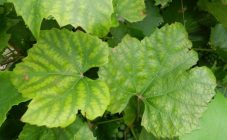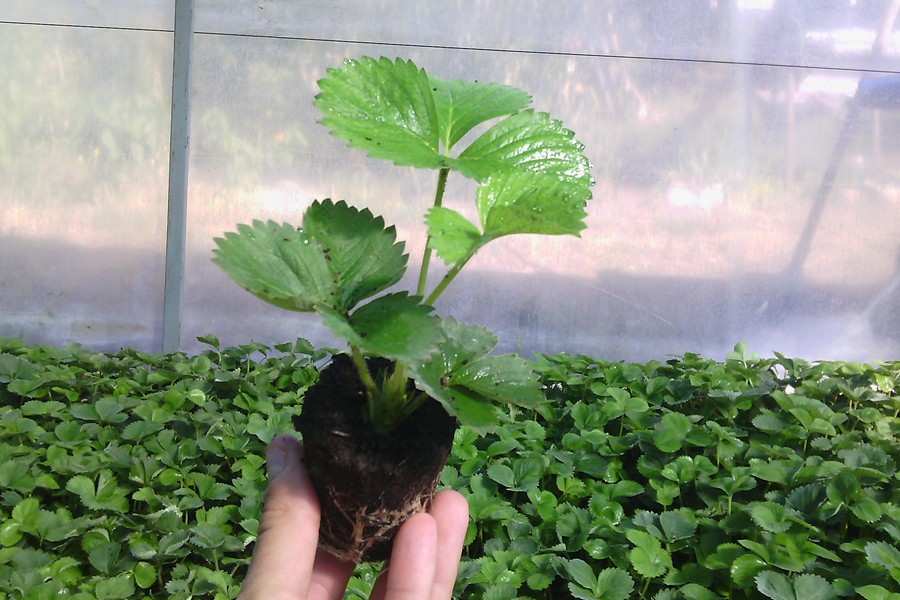Content:
Viticulture is an interesting business, but it requires patience and strength. Experienced wine growers always carefully examine the bushes in search of alarming symptoms of disease or pest attacks. The most accurate sign is that the leaves of grapes dry at the edges and curl.
Gardeners who do not yet have experience begin to look for answers to the question of why grape leaves dry. Anything can serve as the cause of wilting, but they all say that the coming harvest may be spoiled. Often the cause of this symptom is illness. If you miss the initial stage of the development of the disease, the disease can spread to the entire vineyard and get rid of it will be extremely difficult.
Why do grapes wither leaves
Grapes do not tolerate a harsh climate, therefore, residents of cool regions most often encounter leaf deformation.
For the winter, a special shelter is arranged for grapes, but, as the practice of experienced gardeners shows, this does not always benefit the berry culture: condensation appears, the air stagnates. This is a favorable environment for the development of fungal diseases.
Reasons for wilting grape leaves:
- Lack of moisture. It is necessary to water the vineyards with a hose, directing the flow of water directly to the roots of the plant. And so that moisture does not stagnate, you should loosen the soil from time to time. A good solution is mulching with manure or straw. This technique is perfect for dealing with drought.
- Root damage. The reason may be: poor shelter of the roots from temperature extremes in winter, mice, moles and other pests.
- Pests. It is necessary to fight pests with the help of special insect repellents. Moreover, each type of pest may need its own remedy. For example, experienced gardeners use acaricides from spider mites.
- Diseases. Chlorosis is the most common disease in vines. There is also a dangerous couple of fungal diseases - mildew and oidium. Ailments affect not only adult bushes, but also seedlings. It is necessary to monitor the plants at any stage of their growth in order to prevent trouble in time.
- Lack of nutrients in the earth. Grapes need nitrogen, phosphorus and potassium. A deficiency in these three substances can adversely affect plant health. If the leaf gradually begins to turn yellow and wither, this indicates a lack of nitrogen in the soil. Obviously, the plant needs fertilizing with nitrogen-containing mixtures. Experienced gardeners usually use water-soluble urea, and also use water-soluble sodium nitrate, ammonium sulfate, saltpeter. The edges of the leaves change color and curl due to insufficient potassium in the soil.
Diseases can affect the vineyard if the plant is exposed to such unfavorable conditions:
- Unfavorable weather conditions. Not many grape varieties are resistant to cold climates, and therefore special shelters are not always able to protect plants from frost.Since condensation still forms on the grape leaves under the shelter, this can serve as a good breeding ground for harmful microorganisms.
- Failure to comply with the principles of plant care. Dried leaves can signal diseases that have arisen due to improper soil composition, lack of moisture. It is necessary to place the seedlings so that the sun's rays fall on them, feed the plant with special mineral supplements and monitor watering. Do not neglect preventive treatments of vineyards from pests.
- Epidemic. It is no secret that there are diseases transmitted by plants from each other through the air. If a painful grape bush fails to emerge on time, the best solution is to get rid of it before the entire field is infected.
To avoid unnecessary problems, it is recommended to choose grape varieties that are suitable for the climate of the places in which you plan to plant. You should also take into account the mineral composition of the soil, temperature changes and susceptibility to diseases inherent in the variety.
Dries up grapes: what to do
A set of measures should be chosen depending on the reason for the wilting of the leaves.
Chlorosis
The plant stops producing chlorophyll in its usual volume, the grape leaves dry up, and then begin to fall off. The causes of the disease lie in the lack of iron or in the inability of the plant to assimilate it. This can be caused by increased soil acidity or excess moisture. To eliminate the problem with excess watering, it is necessary to use special drainage. If the symptoms are associated with a lot of lime, iron chelate may help. You can also spray the affected vineyard with iron sulfate, but this should be done carefully, since the agent can cause burns on the plant.
Mildew
This is a fungal disease that affects not only mature vineyards, but also small seedlings, as well as fruits. Scientists have created special grape varieties that are considered resistant to mildew, but still fail to fully protect the plant. Good conditions for mildew progression are wet weather.
The fungus attacks the entire plant gradually until it is completely destroyed. Mildew also spreads quickly to nearby bushes. In the early stages, the disease can be destroyed by applying Bordeaux fluid irrigation. If mildew is a common disease in the area, it is recommended to give preference to varieties that are resistant to it.
Oidium
At first, the leaf becomes covered with gray spots, and then fades and dries up. Further, the disease overtakes shoots and flowers, and the fruits crack. The juice of grapes affected by the disease tastes like mold. The incubation period lasts up to 2 weeks. For prevention, it is important to get rid of weeds in a timely manner. Powdery is treated by spraying with sulfur preparations.
Cercosporosis
Most often, the disease affects old shrubs. The affected leaves acquire a brown-olive color and are covered with spots on the front side. The disease also affects the petioles and the berries themselves. The disease is eliminated by spraying the plant with Bordeaux liquid.
Gray rot
The disease attacks all the greenery of the bush: the fruits are covered with an ash-colored bloom, the leaves dry out. The first to rot are fruits growing closer to the ground. Gray mold is fought by spraying with a solution of baking soda, as well as chemicals.
Black rot
Infection with this fungal disease occurs even at the flowering stage, and the rotting of the berries begins during their ripening. The fungus is located directly on the vine, does not attack the roots, but it can persist in the soil. The appearance of the first symptoms can be noticed already at the beginning of summer. First, more green berries begin to turn black. Treatment is carried out with a special drug Kabrio-top.
Rubella
This fungal disease mainly affects the leaves, staining them red, brown or burgundy. Also, the disease can affect the fruits - they ripen slowly and begin to fall off.
It can be treated in the same ways as mildew treatment: spraying with Bordeaux liquid, Ridomil, Arcerid, Strobi, etc.
What to do if the grapes are already dry
Young grape stems can dry out due to cold winters. To reanimate the bush, you need to take a film of roofing material 50 × 50 cm and make a hole in it with a diameter of 10 cm. Next, the cuttings are dug up to the heel roots, from which new buds will appear in the future. The bush is covered and watered with water and fertilizer for rapid growth. After 3 weeks, the result will appear.
If the leaves begin to acquire an unusual shade or spots appear on them, this is a sign of the onset of a disease and a signal that measures must be taken to eliminate the disease. First, it is important to figure out what kind of disease affected the vineyard. Early detection and treatment of a disease can save crops and even an entire plantation.

